The Greatest There Never Was: The Unbelievable Story of Toe Nash
May 2, 2021
“It’s hard not to be romantic about baseball.” -Billy Beane
It’s true, baseball has never failed to bring us storybook tales that capture the hearts of fans everywhere. Whether it be a hometown kid throwing the first-ever no-hitter for his city, or a fan signing a minor league contract after throwing 96 MPH during a fan event, we have no shortage of reasons to be romantic about baseball. Inevitably though, baseball also leaves us with many forgotten stories of heartbreak, tragedy, and even the occasional, “one that got away.” When it comes to the latter, there is no bigger, “what if” than Gregory “Toe” Nash—the prospect many scouts called, “the next Babe Ruth.”
Yes, it is an insane comparison, but Toe Nash presented a raw talent that could make him one of the greatestathletes in American history. Much like The Babe, Toe was a two-way player, meaning he was excellent as both a hitter and a pitcher. From the mound, he could harass batters with a 90 MPH fastball without any proper pitching techniques. Pair that with his power in the batter’s box and you can understand what drew legendary comparisons from various MLB scouts. However, Toe had another rare attribute that Babe Ruth didn’t have, he could hit home runs (north of 450 feet) from both sides of the plate—at will. To add to the raw talent, Toe was a towering 6’ 5”, weighing 220 pounds, with a size 18 shoe (hence the nickname, “Toe”). A massive switch-hitting, two-way player with all-time potential, and he wasn’t even old enough to buy a beer.
Any high school prospect with a fraction of Toe’s unbelievable talent would surely see a multimillion-dollar contract on draft day. Hell, Aroldis Chapman, after many failed attempts, managed to escape Cuba, and was practically greeted with a 6-year, $30 million deal with the Cincinnati Reds when he arrived in the U.S. So, what was the big contract for “the next Babe Ruth?”
$30,000
No, that’s not a typo. In 2000, the Tampa Bay Devil Rays (now known as the Rays) signed the 18-year-old Toe Nash to their rookie league team for just $30,000. By now, I hope you’re questioning how a player with such potential was paid less than the average MLB groundskeeper. To understand that, we have to roll back to a much younger Toe Nash in his hometown of Sorrento, Louisiana.
Hidden between Baton Rouge and New Orleans, the small town of Sorrento can easily be looked over. Although the population has recently grown to just under 1,700, much of the community is still living in poverty. Like many in Sorrento at the time, Toe was cursed with extreme poverty. After his mother abandoned him and his sister, Toe’s father raised the two in a trailer while working at the local sugar cane farm. Opportunities were few and far between for a kid like Toe. Having no ID, social security card, or birth certificate, he could not even prove that he existed. A sufficient education was never an option Toe had in Sorrento, and he dropped out in middle school without ever learning to read or write. Knowing that he had never even played a single inning of high school baseball, MLB executives looked at Nash as a cheap low-risk, incredibly high-reward prospect. For Nash, baseball was the only consistent thing in his life. With nowhere to go and nothing to do, he spent most of his childhood behind a local bar playing his own style of baseball. His father would collect bottle caps out of the trash, then “pitch” them to Toe so he could hit them with the handle of a broomstick. It turned out to be a pretty excellent way to practice hitting, and it led to Toe dominating in little league, where he would leave a lasting impression on a very important person in attendance.
The discovery of Nash’s ballpark prowess can best be explained as a simple twist of fate. Devil Rays scout, Benny Latino, was asked by a friend to come along to a little league game near the Sorrento area, and, for lack of better plans, Latino tagged along. He planned on doing zero scouting, as he expected nothing more than kids having fun. That changed when he witnessed a 5’ 10”, 140 pound 12-year-old kid hit two home runs and strike out 17 of the 21 batters he faced. “I never forgot him, and with a name like Toe Nash, how do you forget?” Latino said in a 2000 ESPN article. Toe didn’t know it yet, but that game would land him the opportunity of a lifetime more than a half-decade later.
Years passed, and despite being sure he would see Nash’s name on a list of prospects, there was nothing. He could not shake the memory of Toe Nash dominating at such a young age, but there was nothing he could find about the young star anywhere. Finally, he decided to head back to the Sorrento area and start asking for Toe Nash. In such a small town, it took almost no time to find what some locals called, “The Hit Man” that played in the Sugar Cane League. When he arrived, he didn’t see much of the usual local ballpark. No fences, no bleachers, just an awkward patch of grass that looked like it was dropped in the middle of a sugar cane field. If a ball landed in the cane past the outfield, it was a home run, and players were paid in gator meat. All strangeness of the setting quickly faded as Latino once again witnessed the unbelievable talent of Toe Nash, who hit a home run from each side of the plate and easily broke 90 MPH on the unlucky batters. Benny Latino immediately called his scouting director, who was skeptical, but fascinated, and they arranged for Nash to work out with some of the Rays developmental staff.
To say that the Rays staff were dazzled during Toe’s workout would be a gross understatement. Both reality and baseball as they knew it were in question as Toe Nash went through hitting and pitching simulations. At the plate, Nash took 25 pitches from each side, and blasted 26 of them for home runs. On the mound, Toe seemed very out of place despite throwing 90 MPH, which prompted one pitching coach to make one minor technique change in Toe’s delivery. By the end of the pitching session, Toe had touched 95 MPH. News of this diamond in the rough had taken the baseball world by storm, and most MLB executives actually believed Toe Nash was a hoax. Then they began to see the name plastered in sports articles all over, and the Babe Ruth comparisons had officially begun.
Soon after, Tampa Bay locked up Nash for the previously mentioned price, and Nash geared up for his first season as a professional baseball player. The stats that Nash posted in his one year of professional baseball are as unique and strange as the rest of his story. In his 2001 season with the Rays rookie team in West Virginia, the 19-year-old appeared in 47 games, striking out 69 times in just 171 at bats—a strikeout rate just over 40%. Despite the unbelievable amount of strikeouts, Nash was 6th in the league in home runs (8) and posted a batting average of .240. This landed him the 11th spot on the list of best prospects in the league, just behind future 7-time MLB All-Star, David Wright. Considering he had not played organized baseball since little league; these numbers were very impressive. There were still plenty of question marks, but it seemed as if Toe Nash could hold his own.
After his first season of professional baseball, Toe Nash returned to Sorrento for the offseason. Shortly after his return, he was charged with Carnal Knowledge of a Juvenile (consensual intercourse with a minor) and faced 10 years in prison. Nash was quickly released by Tampa Bay, but then signed by the Cincinnati Reds after being given a suspended sentence and probation. Despite his egregious acts, Nash was given a second chance.
His second chance began with supervision from his newly assigned marketing agent with the Reds, Jennifer Marisnick. Toe quickly expressed that he was feeling homesick, and that he wanted to spend some time at home. According to Marisnick, she let Toe return home, a decision she considers her biggest regret. Once again, Toe found himself in legal trouble. A serious bar fight and failed drug tests resulted in being released from the Reds and serving the rest of his decade-long sentence in prison. He never played baseball again.
Since the polarizing story crumbled, many baseball fans have debated who or what is to blame, Toe himself, his upbringing, or the Rays organization? Is Toe Nash the gentle, kind-hearted man his former teammates and representation swear he is, or is he the violent monster that the media and criminal record show? I say it’s all useless debate, and we’ll likely never know. What we do know is that Toe Nash had the odds grossly stacked against him from the moment he was born and was never given a shred of guidance on anything in life—except for how to play baseball. Despite what the Rays and Reds had thought, baseball and a paycheck alone can’t raise a child, teach right and wrong, and serve as a guide while transitioning from extreme poverty to professional sports. It was only when his talent was noticed that there was even a slight effort to teach him the necessary things about life. Both Benny Latino and Jennifer Marisnick openly talk about their deep regrets of not being more active in mentoring the young prospect.
Someday, I hope us baseball fans are lucky enough to hear another story about someone like Gregory “Toe” Nash. If the time ever comes, baseball will have the opportunity to see the person, not the player, and be able to focus on developing a great person before developing a great player. He has made his mistakes, and he is certainly paying for them. It cost him what could have been a career that rewrote history books. At the end, what could have been will not be, but Toe Nash will always be an All-Star on the field of broken dreams.



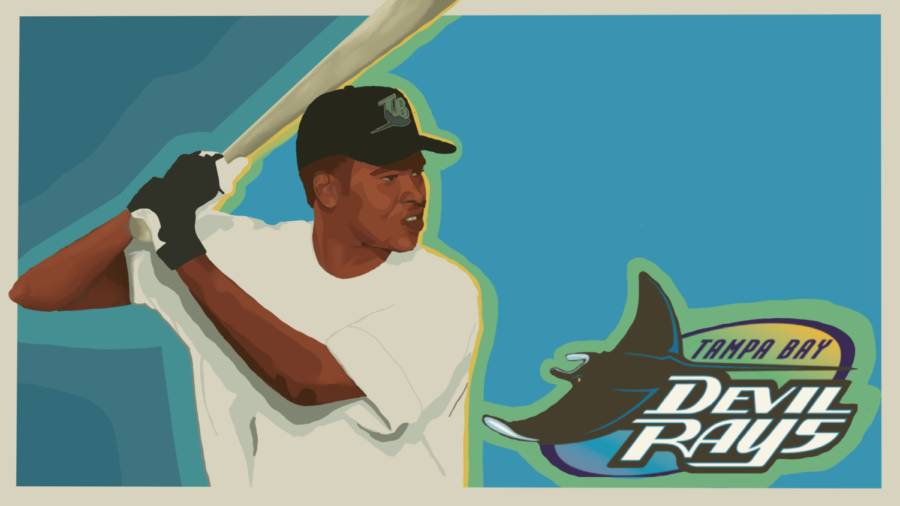
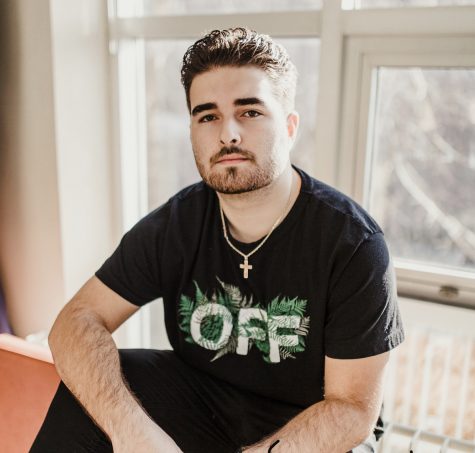

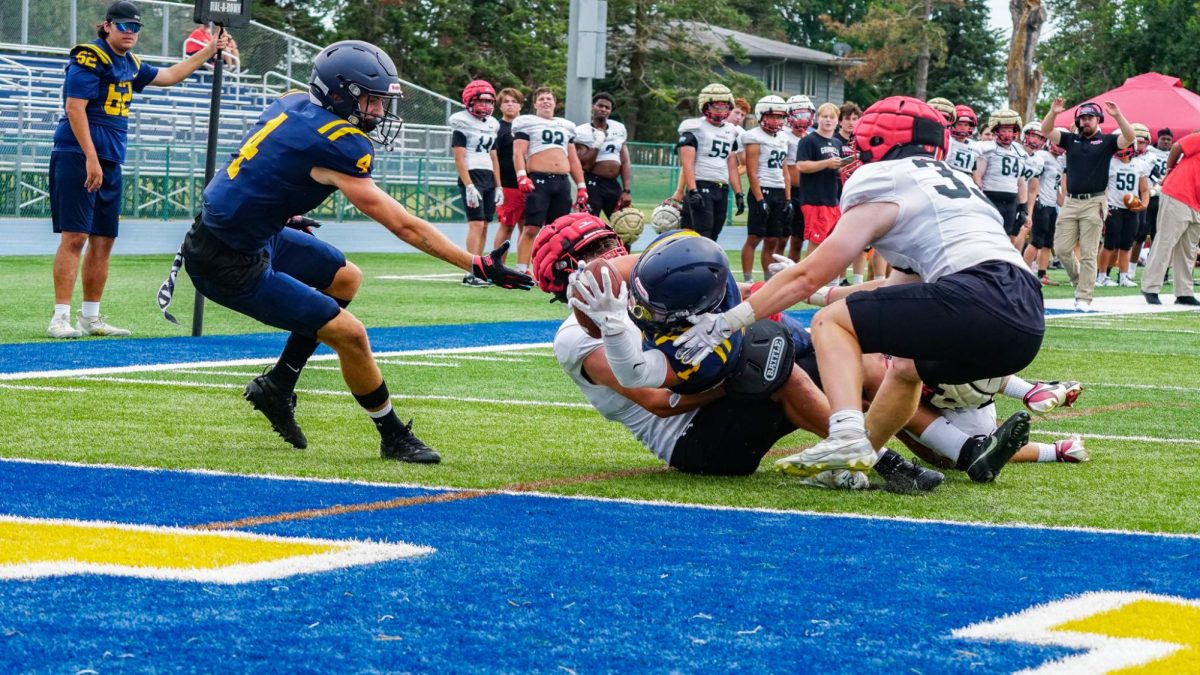
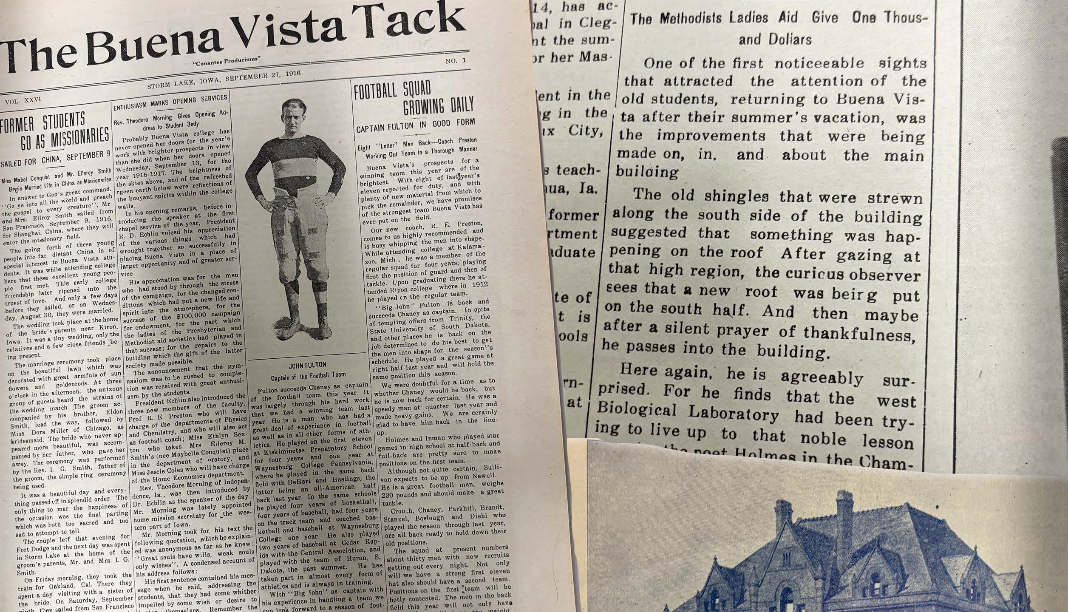
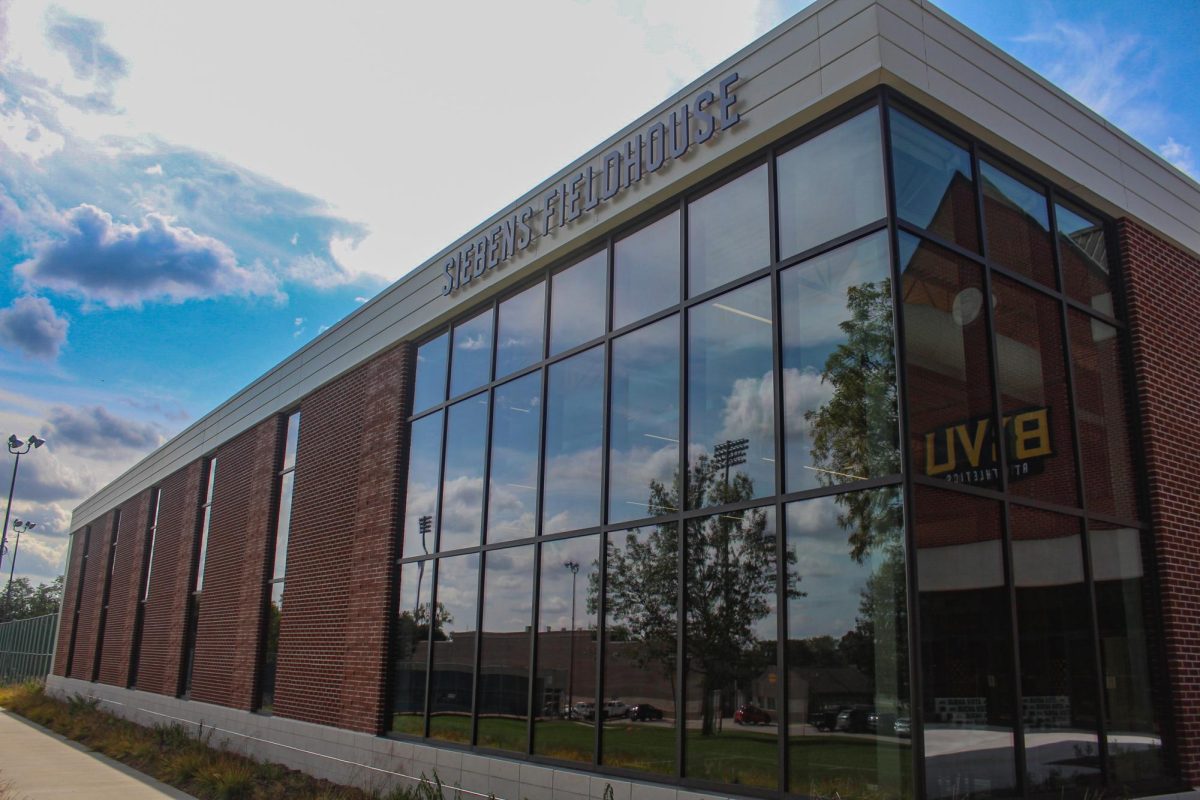
handsomeblackoutlawstudbrady • Dec 9, 2022 at 11:12 am
Too typical of a racist,classist system which exploits the athletic talent poor young POC while teaching no bankable post-sports skills. Young Nash was likely special needs and should have been sent to a mental health facility and not prison,but as a young black man,his fate was inevitable. Hope the vultures who picked clean Nash’s bones are happy .
Old Timer, B-L, T-R • Apr 6, 2025 at 3:32 pm
Toe’s home town of Sorrento, Louisiana, is about 20 minutes east of Baton Rouge, right on I-10. Yesterday, two of my grandchildren had games (softball & hardball) in Baton Rouge (both won), and after the game I toodled on down to Sorrento to see if I could find Toe – bucket list thing. Despite a few hours of talking to the dispatcher at Ascension Parish Sheriff’s Office, one of their road deputies, and a handful of aging barflies – no dice. BUT I shall return. So, may I have your full name, residential address and cell number in case I find Toe? I’ll offer him bus fare to your house. It would be great for both of you, I think.
Brando MacEachern • Jun 6, 2021 at 1:38 am
Hello very nice piece, do you happen to have any idea weather or not he is okay nowadays.
Derrick • Dec 5, 2022 at 8:18 pm
He’s living in Texas , working , Enjoying life
Joe Rella • Jun 1, 2021 at 9:02 pm
Nice write-up Nicola! Many of us remember Toe Nash and what he was going to be. I’ve read elsewhere he was arrested again in 2015 or 2016. I hope someway or somehow he’s settled down and living a decent life somewhere.